Christ Church, 1867
The parish of Christ Church, Sparkbrook was formed out of country estates and farms that were part of the parish of Holy Trinity, Bordesley, in 1867. Christ Church was founded in memory of Emma Lloyd, first wife of Sampson Lloyd, of Lloyd's Bank fame. Sampson was very much involved with the construction and maintenance of Christ Church. His successor, Samuel Lloyd, along with his wife and family, were generous supporters of the Church. The first worship service was held on October 1, 1867.
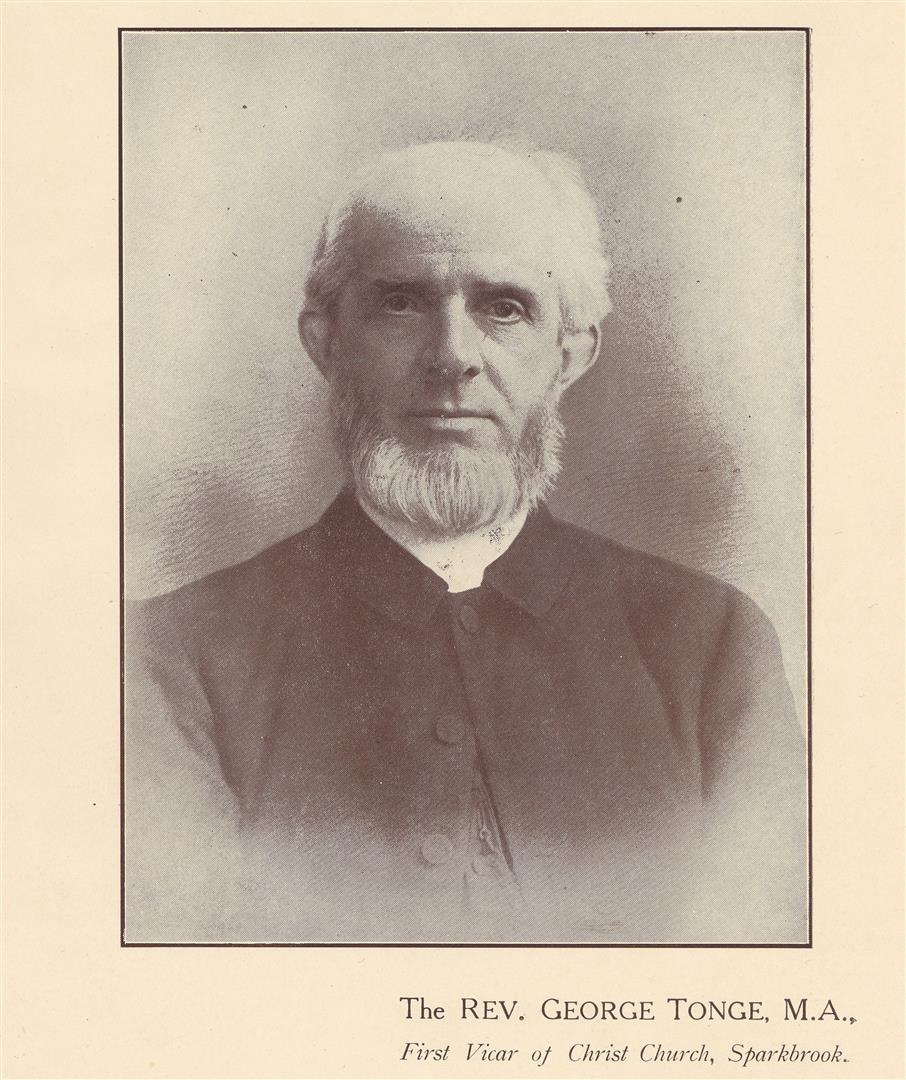 The Reverend George Tonge, M.A. was appointed first Incumbent. A man of "evangelistic and missionary instincts," he laid the foundation of all that has been subsequently accomplished. During his 22 years of ministry, the population of the parish grew from 5,000 to 15,000.
The Reverend George Tonge, M.A. was appointed first Incumbent. A man of "evangelistic and missionary instincts," he laid the foundation of all that has been subsequently accomplished. During his 22 years of ministry, the population of the parish grew from 5,000 to 15,000.
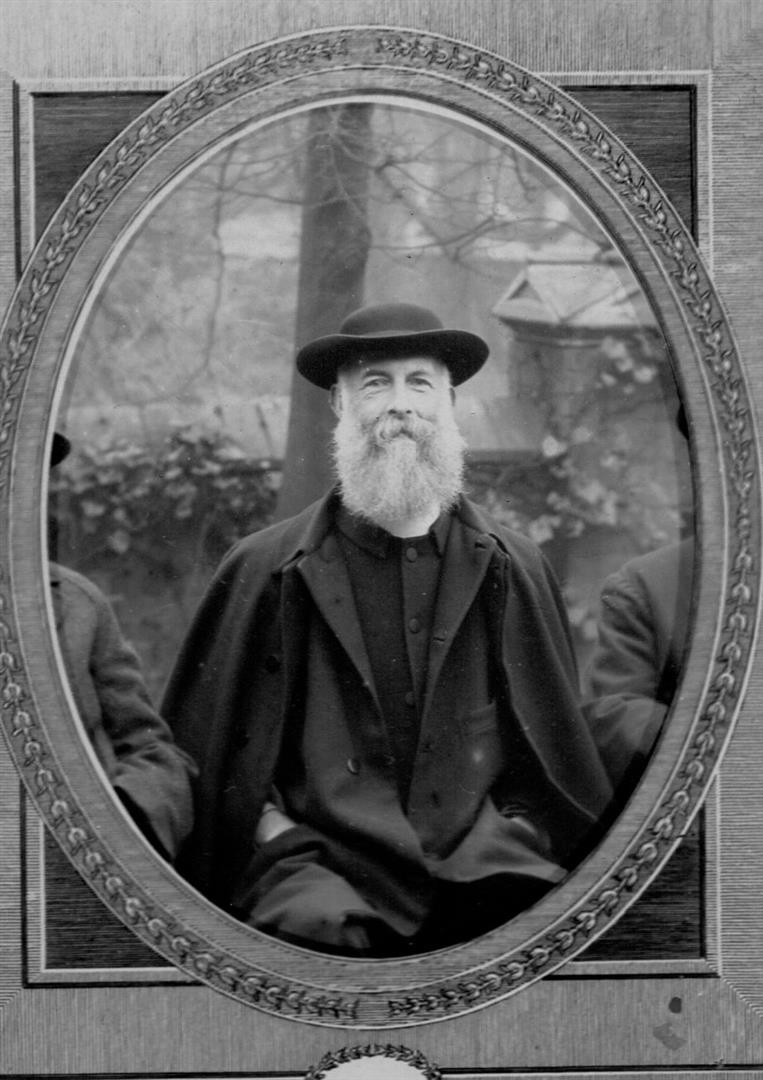
After Reverend Tonge, George Nesbitt Haydon Tredennick was appointed Vicar on October 1, 1889, licensed on October 19, and married on November 19. During his 51 years of ministry at Christ Church, George Tredennick was made an honourary Canon of Birmingham in 1915. Under the care of these two men, in the first 75 years of the church's history, 74 missionaries were sent out to take the Good News in different places of the world.
Here are the earliest photographs of which we are aware of Christ Church Sparkbrook.
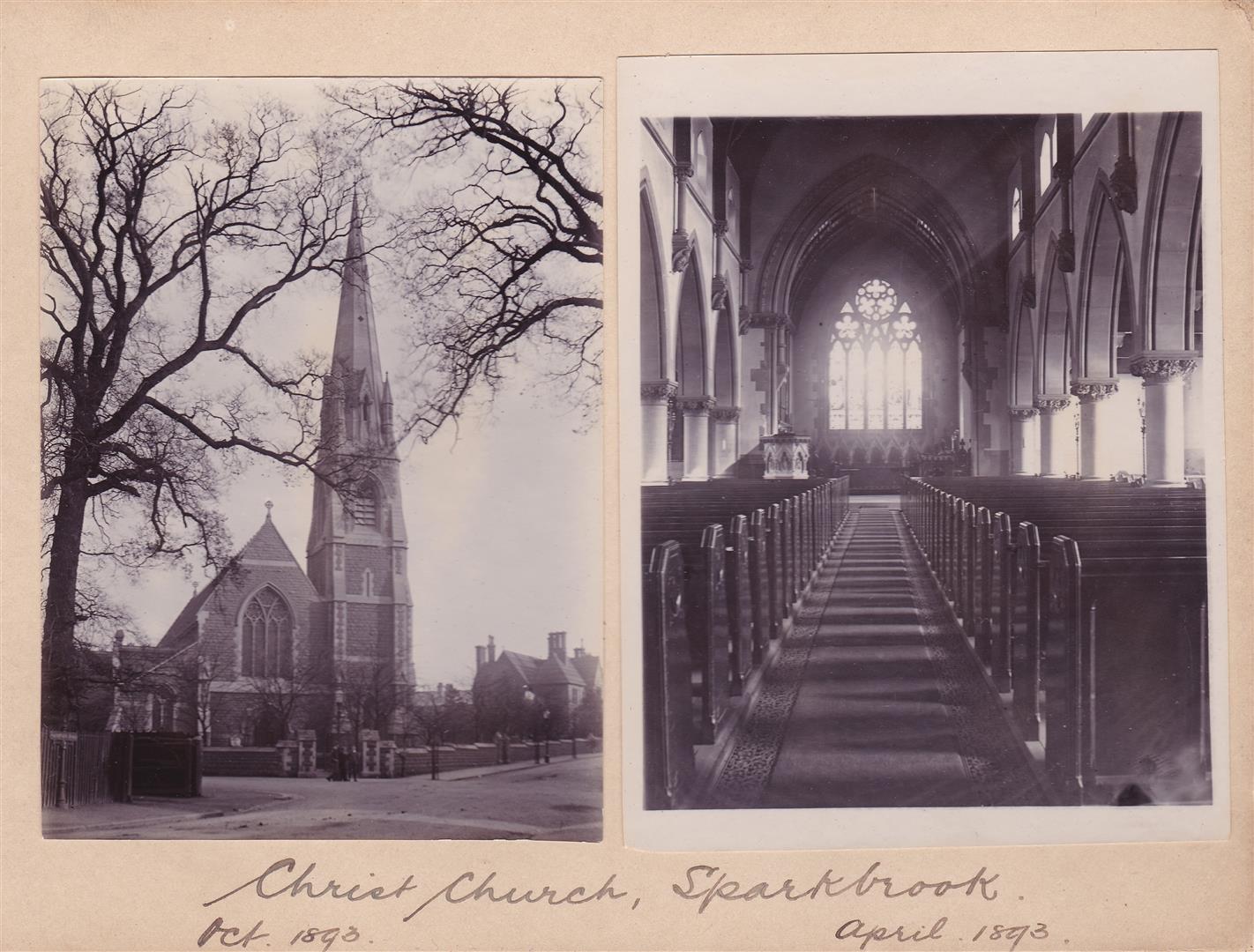
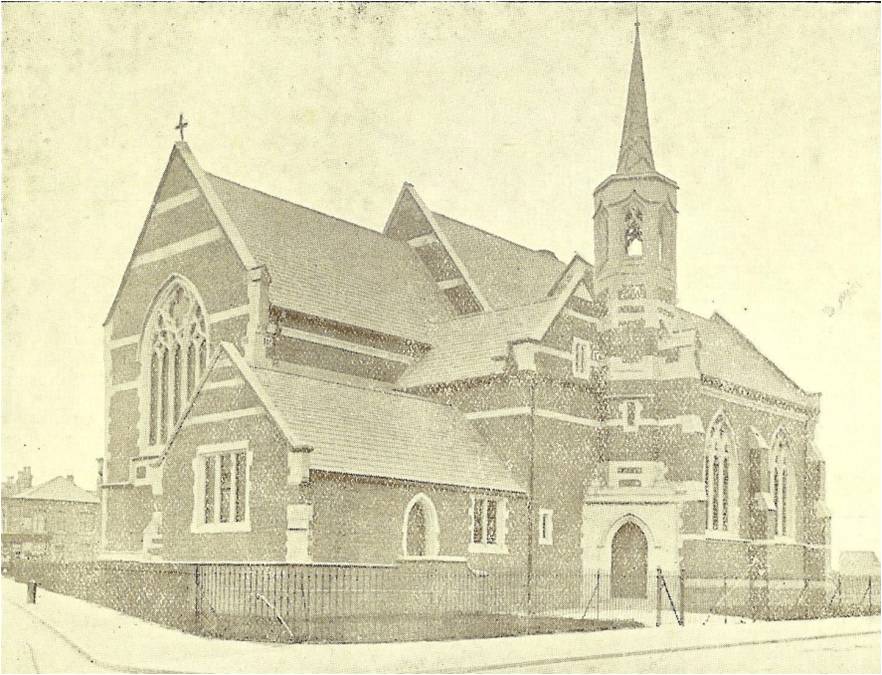
The area of Sparkbrook was still increasing in population, and Christ Church played a key role in building Emmanuel Church, in 1901. Emmanuel Church was located at the corner of Golden Hillock Road and Walford Road. The church building still stands but is used for other purposes.
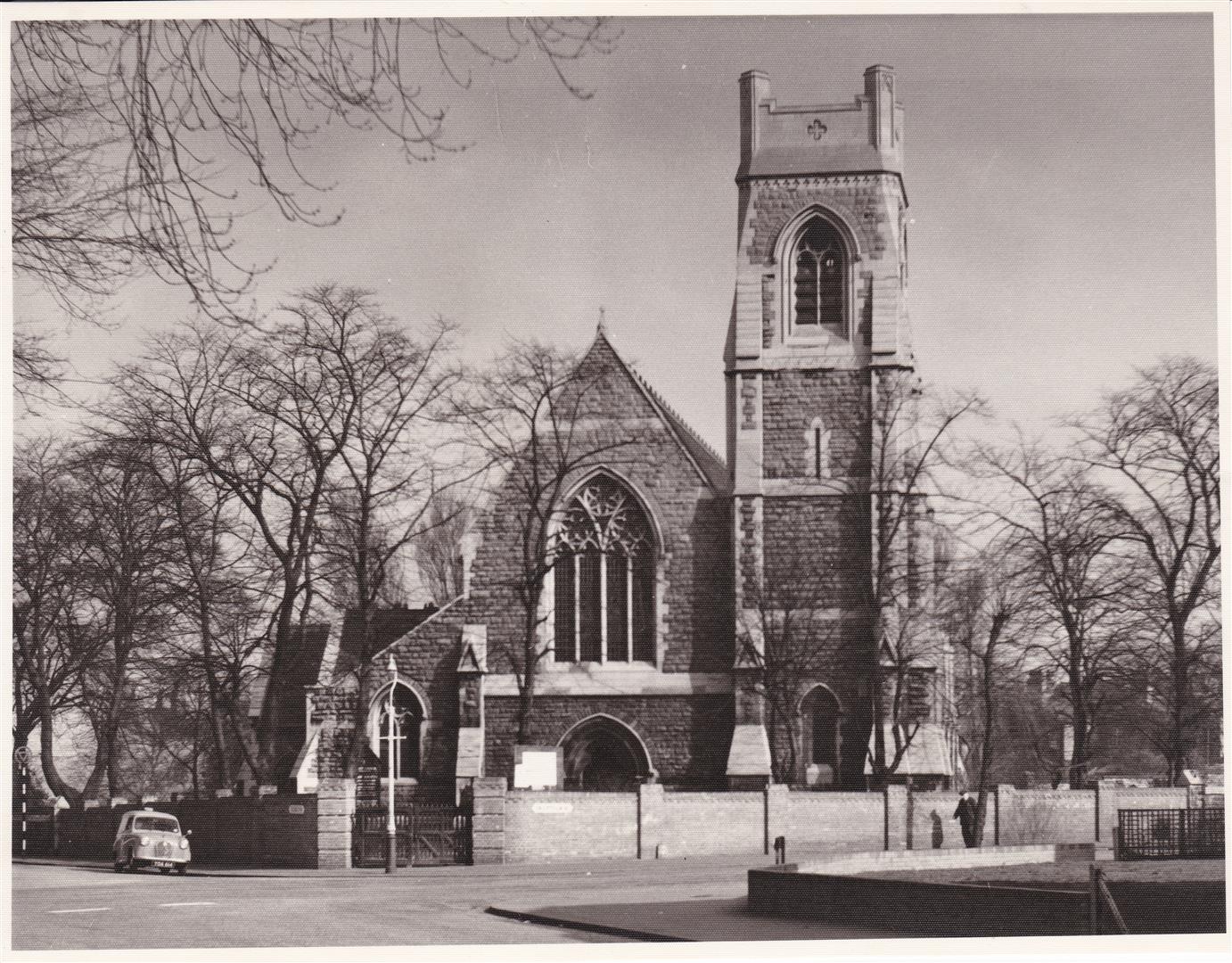
In December 1940, Birmingham was suffering under night-time bombing raids during World War 2. Bombs destroyed a fire station across the road and caused substantial damage to the church making it unsafe. Religious clubs were disbanded and Canon Tredennick retired. Helen Collins writes, “In the face of apparent disaster and the very real possibility of closure a small band of faithful members were holding on. Although the odds against that small band of workers was so great, it was their faith, tenacity and sheer hard work which laid the foundations of the restoration of the building and the corporate life of the Church.” Following the war, church members restored the building to full use.